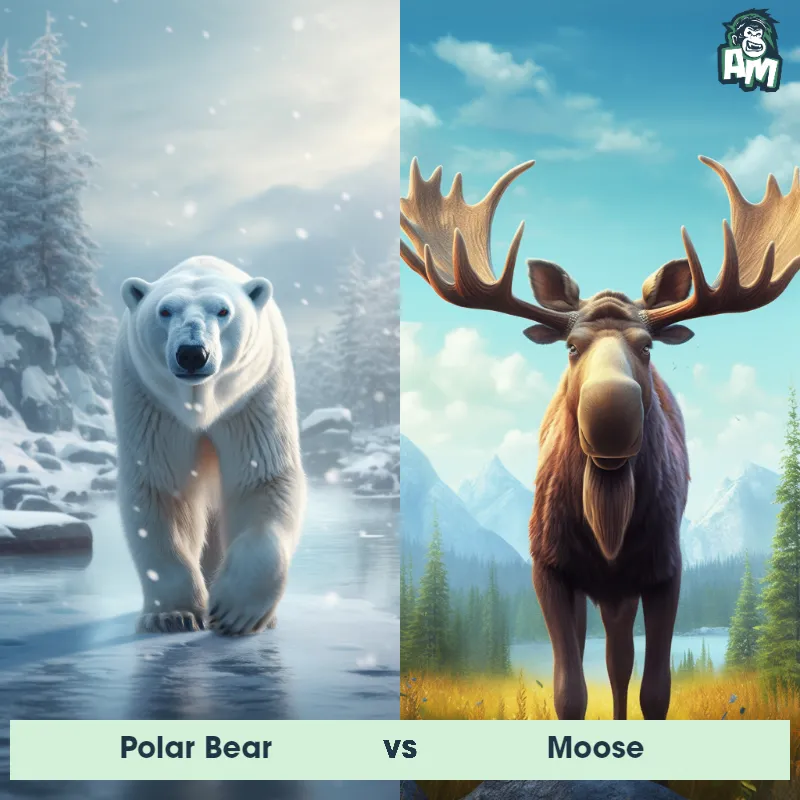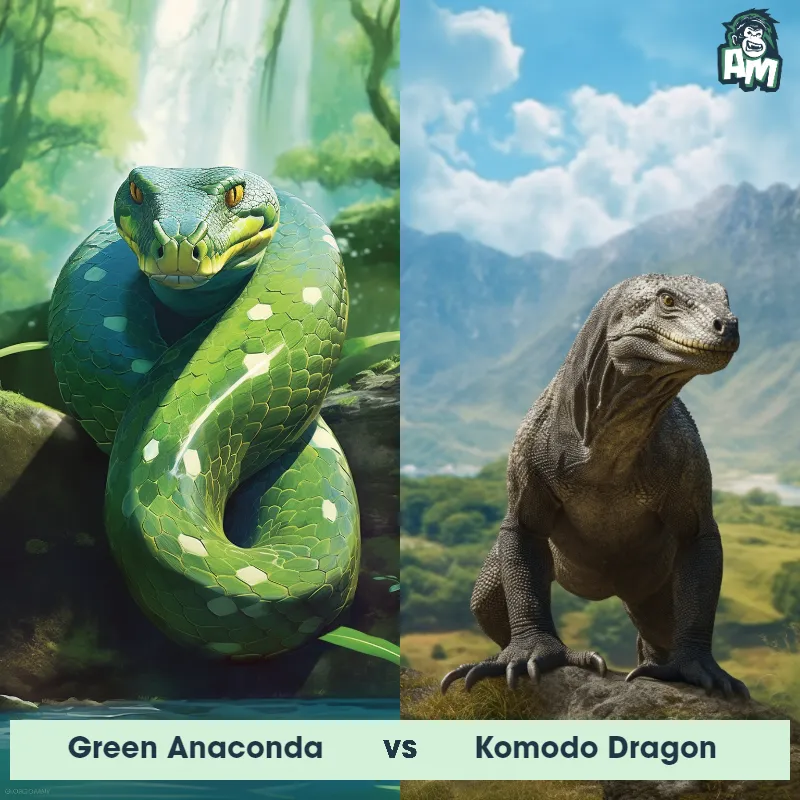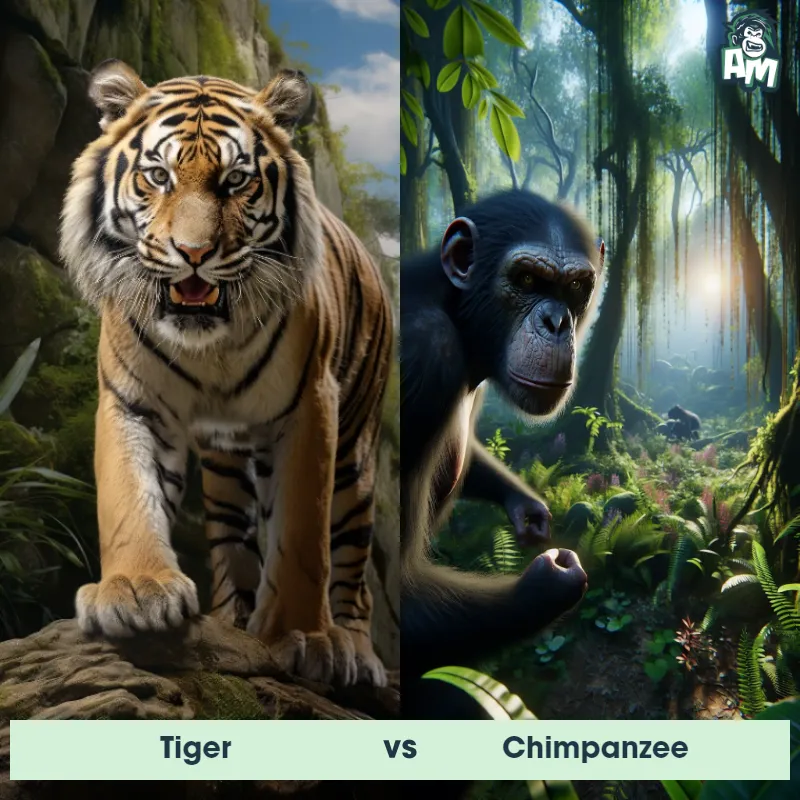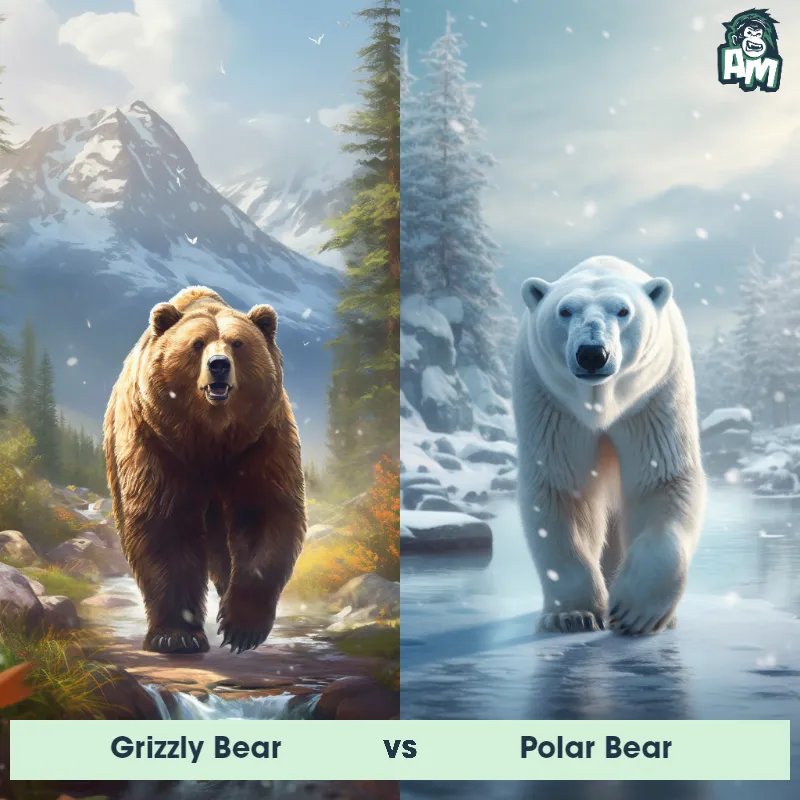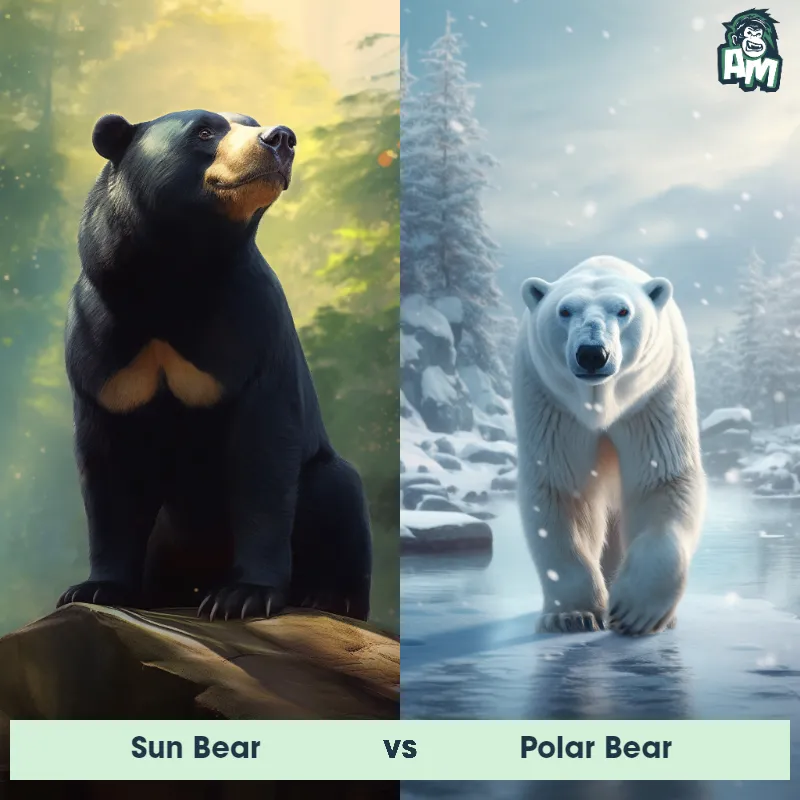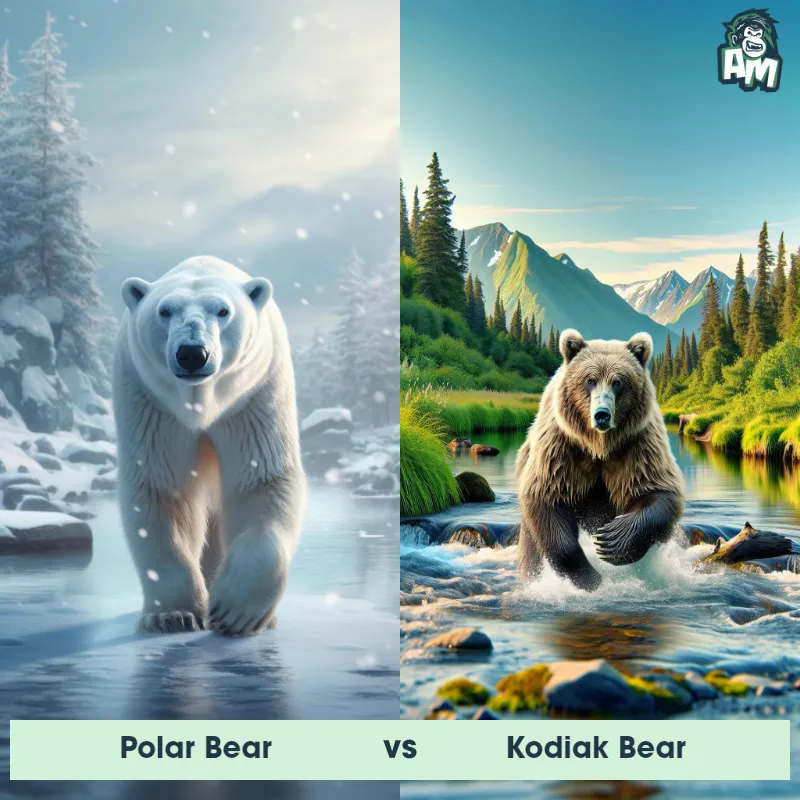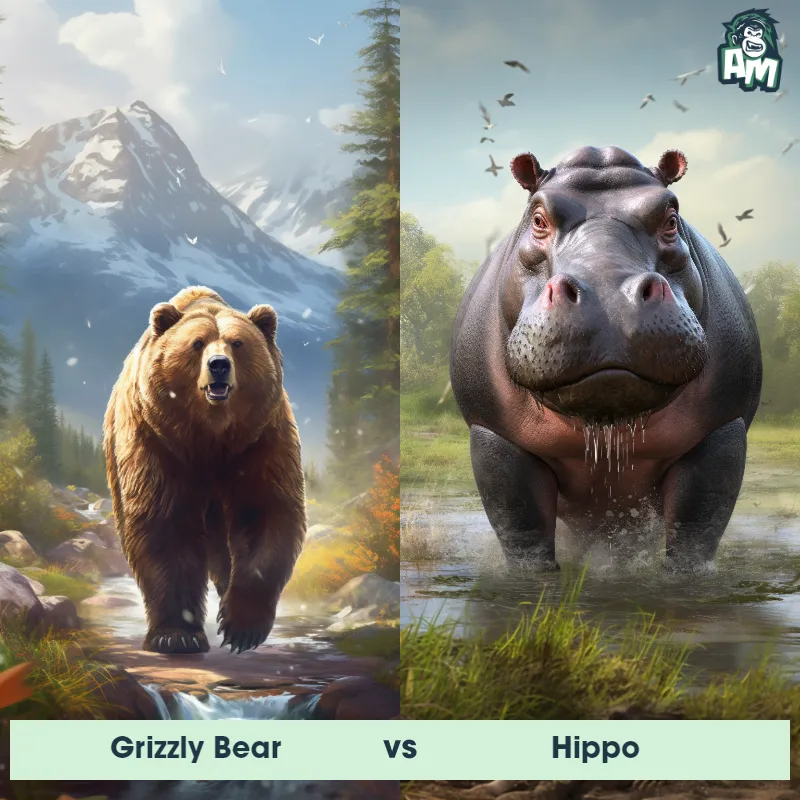Polar Bear vs TigerSee Who Wins

Ladies and gentlemen, welcome to this thrilling matchup between two of nature's most fierce creatures. In one corner, weighing in at a staggering 1,500 pounds, we have the mighty Polar Bear. And in the other corner, weighing in at a solid 600 pounds, we have the formidable Tiger. Both creatures are at the peak of their physical prowess, ready to engage in an epic battle. Let's dive right into the action!
Contender 1: Polar Bear
The Polar Bear, also known as the Ursus maritimus, is a large carnivorous mammal that inhabits the Arctic region. They have a thick white fur coat that helps them blend in with their snowy surroundings, and their large paws are equipped with sharp claws that allow them to grip onto ice and catch prey. Polar Bears are excellent swimmers and can swim for long distances in search of food. They are also known for their incredible sense of smell, which they use to detect prey from miles away.
![[object Object] Gif](https://tenor.com/view/fight-mission-critical-nat-geo-wild-scuffle-brawl-gif-20524033.gif)
Fun Fact: Polar Bears have a layer of fat that can be up to 4.5 inches thick, which helps them stay warm in the frigid Arctic temperatures.
Contender 2: Tiger
The Tiger is a large and powerful big cat, known for its distinct orange coat patterned with black stripes, which are unique to each individual, much like a human fingerprint. Tigers have a muscular build, a heavy head with strong jaws, and a tail that is usually about half the length of their body. The largest species of the cat family, adult male tigers can reach up to 10 feet in length and weigh up to 660 pounds. Tigers are native to various parts of Asia and are adept swimmers, unlike most members of the cat family.
Fun Fact: Tigers are apex predators and primarily consume larger mammals for food, including deer and wild boar; a hungry tiger can eat as much as 60 pounds in one night.
Matchup Stats
| Polar Bear | Tiger | |
|---|---|---|
| Size | 8-10 feet (2.4-3 meters) | Up to 10 feet in length (3.05 meters) |
| Weight | 900-1,600 pounds (408-725 kilograms) | Up to 660 pounds (300 kilograms) |
| Speed | Speed: 25 mph (40 km/hr) | 35-40mph (56-64km/h) |
| Key Strength | Powerful jaws and sharp claws | Strong jaws and muscular build |
| Biggest Weakness | Slow movement on land | Limited endurance for long chases |
Current Votes
Polar Bear vs Tiger
See Who Wins
View More Matches
Looking For More?
Similar Matches
Scientific Stats
| Polar Bear | Tiger | |
|---|---|---|
| Scientific Name | Ursus maritimus | Panthera tigris |
| Family | Ursidae | Felidae |
| Habitat | Arctic region | Forests, grasslands, and swamps |
| Geography | Arctic Circle | Asia |
| Diet | Carnivorous, primarily seals | Carnivorous, primarily deer and wild boar |
| Lifespan | 20 years - 30 years | 15 years - 26 years |
Key Differences between Polar Bear and Tiger
- Size: The Polar Bear is significantly larger than the Tiger, with adult males weighing between 900 to 1,600 pounds and reaching lengths of 8 to 10 feet, while Tigers typically weigh between 200 to 670 pounds and have lengths of 6 to 9 feet.
- Ears: Polar Bears have small, round ears that help prevent heat loss in their Arctic environment, while Tigers have prominent, triangular-shaped ears that aid in hearing prey and detecting other sounds in their forested habitat.
- Paws: The Polar Bear possesses large, strong, and slightly webbed front paws, equipped with sharp claws, which aid in swimming and navigating on ice, whereas tigers have large, retractable claws that help them grip onto prey and climb trees.
- Tail shape: The Polar Bear has a long, tapered tail, measuring about 7 to 12 inches, which it uses for balance while swimming, whereas Tigers have a shorter, thick tail, approximately 2.5 to 3.3 feet long, helping them maintain balance while climbing trees and making sharp turns during hunting.
- Habitat: Polar Bears are found exclusively in the Arctic region, living and hunting on sea ice, while Tigers are typically found in forests, grasslands, and mangrove swamps of Asia, such as India, China, and Russia.
- Color: The Polar Bear has a white or creamy white fur that helps it blend into its snowy Arctic environment, while the Tiger's coat can range from orange to reddish-brown with black stripes.





